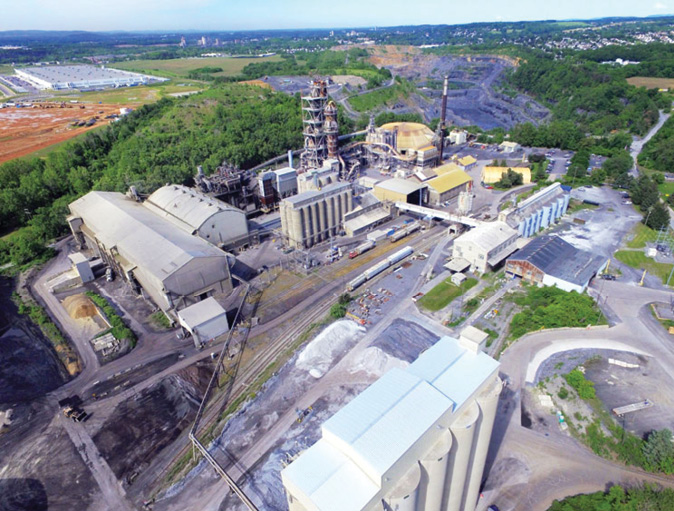The Global Cement and Concrete Association (GCCA), which represents cement and concrete producers from around the world, published its first six Sustainability Guidelines.
 The guidelines include a number of simple, reliable and representative KPIs against which full member companies must monitor and report on their sustainability performance across a number of key activities. These include monitoring and reporting CO2 emissions and other emissions from cement manufacturing, co-processing of fuels and materials, safety, and water usage.
The guidelines include a number of simple, reliable and representative KPIs against which full member companies must monitor and report on their sustainability performance across a number of key activities. These include monitoring and reporting CO2 emissions and other emissions from cement manufacturing, co-processing of fuels and materials, safety, and water usage.
GCCA Cement Director Claude Lorea said, “The Sustainability Guidelines are important as they provide industry and stakeholders with a means to document and improve the sustainability performance of the global cement and concrete sectors against the GCCA Sustainability Charter. Signing up to the guidelines emphasizes the cement and concrete sector’s commitment to sustainable development including its critical work to reducing global CO2 emissions.”
To achieve the extended compliance, full members shall have their data and targets verified and reported publicly. GCCA intends to communicate data in a consolidated format.
GCCA published a Sustainability Charter as well. It states:
“Climate change is a major challenge to society, and business plays a key role in living up to that challenge. Cement is the glue to keep the ingredients of concrete together. With a growing global population, modern society will need concrete for housing, infrastructure and utilities all of which are important for quality of life and society. The contribution of cement and concrete to climate change is twofold. Firstly, concrete is a sustainable construction material with a unique combination of properties including availability, affordability, longevity and flexibility that make it an inevitable building block of the world’s transition towards a carbon-constrained future. Concrete can help to construct the infrastructure needed to mitigate and adapt to the consequences of climate change and offers benefits its capacity to store heat can greatly enhance the energy efficiency of buildings compared to other construction materials. Secondly, the production of concrete and its ingredients is a major source of CO2 emissions, in particular, the production of cement (which contributes an estimated 85-90 percent to concrete’s carbon footprint) accounts for more than 5 percent of manmade GHG emissions. Considering the growth perspectives and the nature of emissions in the sector (that make significant reductions rather hard to achieve) this percentage may rise significantly in the future.”
The charter sets out five key pillars that encompass the sustainability spectrum of the cement and concrete sector:
1. Health & Safety.
2. Climate Change & Energy.
3. Social Responsibility.
4. Environment & Nature.
5. Circular Economy.
Lorea added, “It’s great to launch the first six of our Sustainability Guidelines immediately after the completion of COP24. You might say the Guidelines are our rulebook. The sector is determined to keep up the momentum and demonstrate leadership in sustainability – that is what our GCCA members are committed to and these guidelines will help ensure that we keep on track.”




